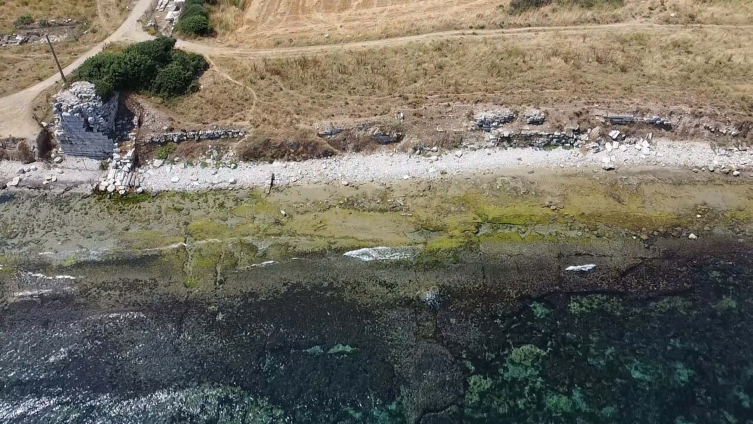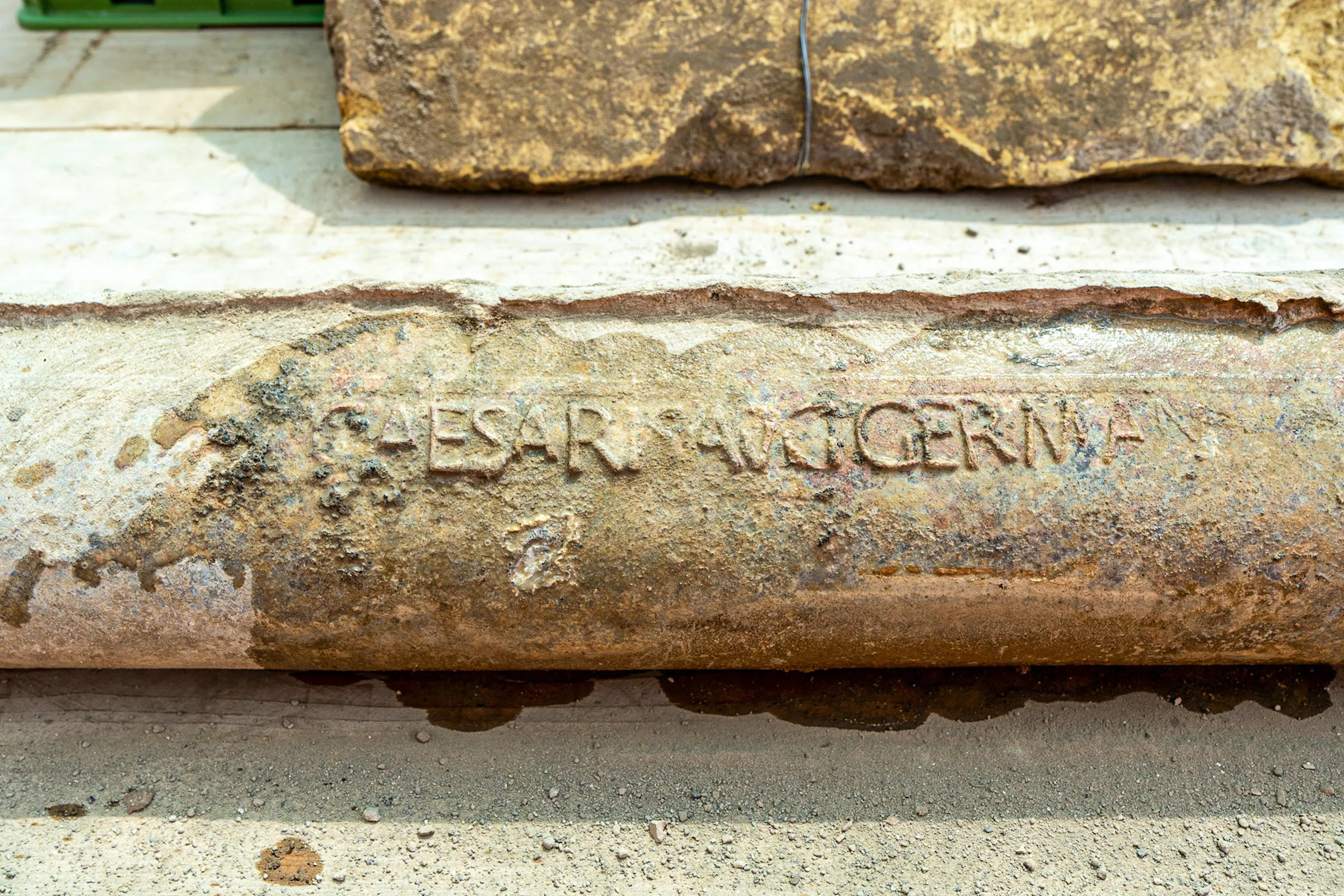Underwater studies in Parion, a 2,700-year-old Roman port city located in Kemer village in the northwestern province of Çanakkale’s Biga district, have uncovered the city’s second ancient port.
Excavations in Parion are being conducted by a team of 25 people, including 17 foreign researchers, under the direction of Professor Vedat Keleş from Ondokuz Mayıs University.
“This port is somewhat smaller than the southern trade port and has been filled with alluvium deposited by a stream passing through the city. Parion is a legion colony, so this smaller port may have served as a military port,” Keleş explained.
This year marks the first time underwater work has been conducted in the city, leading to the discovery of Parion’s second ancient harbor.
“This is the 20th year of excavations in Parion, which is a significant achievement for us,” Keleş said. “Over the past two decades, our work in Parion has contributed to excavation, restoration-conservation, publication, and the training of scientists. This year, we started underwater studies. Parion is a key port city in Northern Troas. We already knew about the southern port from ancient sources and speculated there could be a northern port. The underwater studies have confirmed this.”
Keleş reiterated that Parion was a legion colony and suggested that the newly discovered port might have been a military port. “The underwater studies we will continue to conduct will provide more detailed information on this issue.”
During this excavation season, work continues in two main areas: the theater and the agora. “Foreign faculty members are working in the agora, while we are working in the theater. The theater is challenging because it has been heavily damaged. A city wall was built over the stage building, and many seating rows and architectural parts of the theater were incorporated into this city wall, significantly altering the structure in the late period. Despite the challenges posed by this destruction, our work is progressing slowly. Restoration efforts are also ongoing.”
Keleş emphasized the need for more resources, saying, “Expropriations need to be completed, and we require more workers. The city we are excavating has suffered extensive destruction. We need to reveal the city, which requires a workforce. I appeal to local administrations for support. If they can provide workers, we can continue excavations year-round, weather permitting.”








